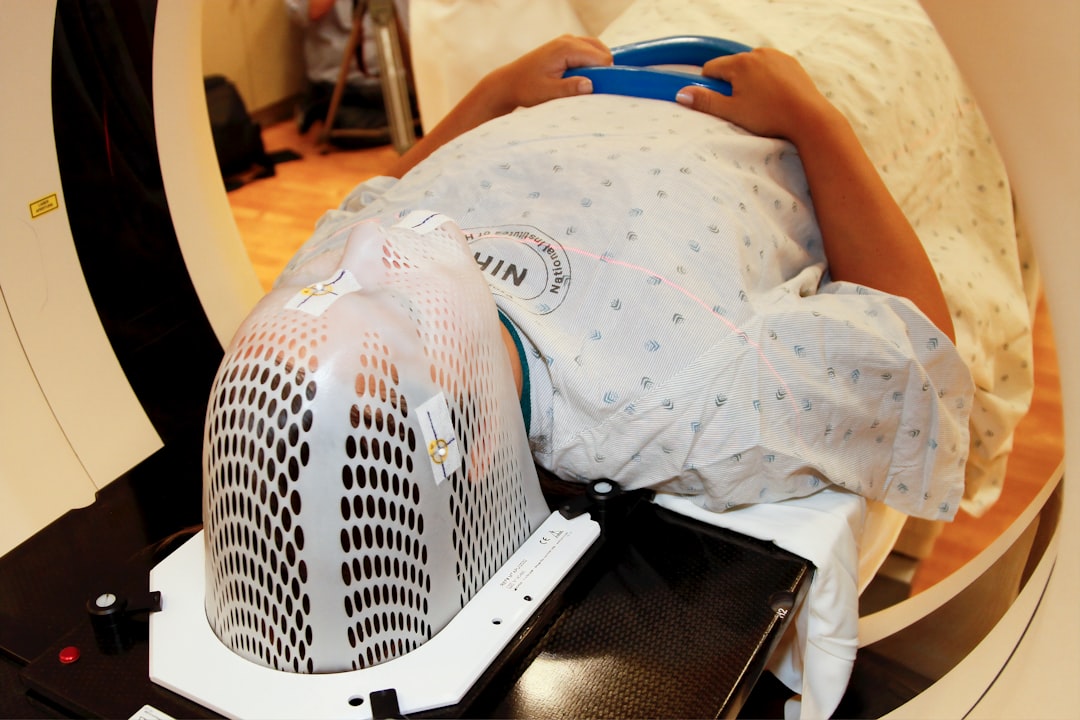Getting Down To Basics with

When it comes to wastewater treatment, the used belt press is an essential tool in the arsenal of any wastewater treatment plant. Also known as a belt filter press or a belt thickener, this type of equipment is designed to remove excess water from wastewater sludge, resulting in a more manageable and easier-to-handle solid. In this article, we will delve into the world of used belt presses, exploring their benefits, applications, and how they work.
0 Picture Gallery: Getting Down To Basics with
Benefits of Used Belt Presses
Used belt presses offer a range of benefits that make them an attractive option for wastewater treatment plants. One of the primary advantages is their ability to produce a high-quality cake, which is the resulting solid after the water has been removed. This cake is ideal for further treatment or disposal, as it is dry and free of excess water. Additionally, used belt presses are relatively low-maintenance and easy to operate, making them a cost-effective solution for wastewater treatment plants.
Applications of Used Belt Presses
Used belt presses are versatile equipment that can be applied to a wide range of wastewater treatment applications. They are commonly used in municipal wastewater treatment plants, industrial wastewater treatment facilities, and even in agricultural settings where they are used to treat manure and other organic waste. The equipment is also used in the mining industry to dewater tailings and other mining waste.
How Used Belt Presses Work
So, how do used belt presses work? The process begins with the sludge being pumped into the belt press, where it is spread evenly across the belt. The belt is then pressed, using a series of rollers, to remove excess water from the sludge. The resulting cake is then removed from the belt and can be further treated or disposed of.
Design and Construction
Used belt presses are designed and constructed to withstand the rigors of continuous operation. The equipment is typically made from durable materials such as stainless steel and polypropylene, which are resistant to corrosion and can withstand high temperatures. The belt itself is made from a durable material such as rubber or polyurethane, which is designed to withstand the pressure and friction generated during the pressing process.
Types of Used Belt Presses
There are several types of used belt presses available, each with its own unique characteristics and applications. Some of the most common types of used belt presses include:
* Plate and frame belt presses: These are the most common type of belt press and are characterized by a series of plates and frames that are used to apply pressure to the sludge.
* Frameless belt presses: These are similar to plate and frame belt presses but do not have the frames. Instead, the plates are attached directly to the rollers.
* Centrifugal belt presses: These are used to treat high-volume flows and are characterized by a centrifugal force that is used to remove excess water from the sludge.
Maintenance and Operation
Used belt presses require regular maintenance to ensure optimal performance and extend the life of the equipment. Regular cleaning and inspection of the belt and rollers are essential to prevent corrosion and wear. Additionally, the equipment should be regularly serviced to ensure that all moving parts are functioning properly.
Conclusion
Used belt presses are an essential tool in the wastewater treatment industry, offering a range of benefits and applications. By understanding how they work, the different types of used belt presses available, and the importance of maintenance and operation, wastewater treatment plants can ensure optimal performance and efficiency. Whether you are looking to upgrade your existing equipment or install a new belt press, it is essential to choose the right equipment for your specific needs. With the right equipment and proper maintenance, used belt presses can provide years of reliable service and help to ensure the efficient treatment of wastewater.
Why Aren’t As Bad As You Think
This post topic: Technology